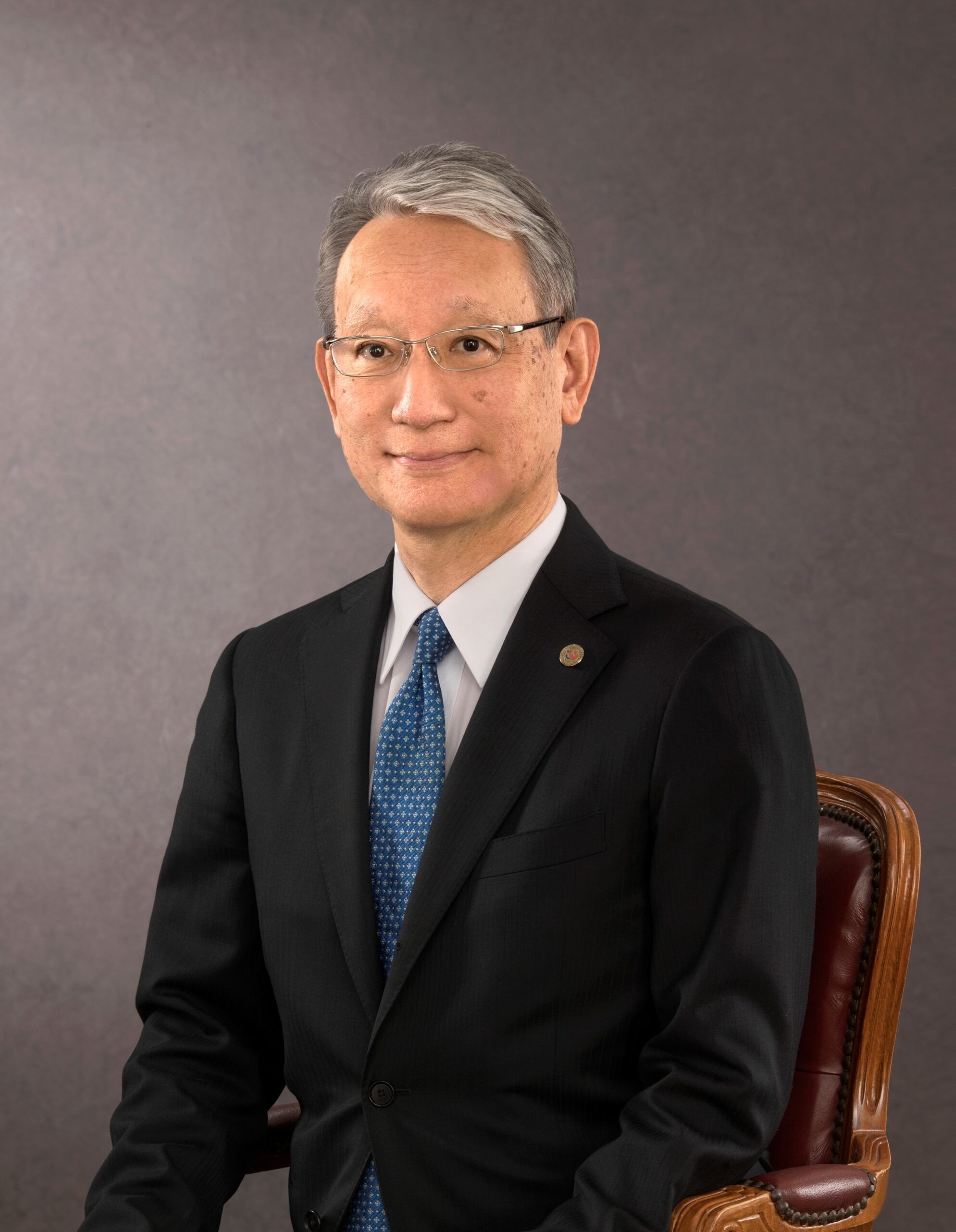Message from the President
Shaping the Future through Wisdom in action

Since its founding in 1949, Saga University has worked to fulfill its mission of education and research rooted in the community and open to the world. Today, with six faculties—Education, Science and Engineering, Agriculture, Economics, Medicine, and Art and Regional Design—it advances human resource development and academic research across a broad spectrum of disciplines.
Saga University’s mission of Shaping the Future through Wisdom in Action goes beyond acquiring knowledge. It is to cultivate the ability to contribute to society and to address real-world challenges. In an era of unprecedented transformation, there is a growing need for individuals with flexible thinking and collaborative skills. Through consistent education from undergraduate to graduate levels, Saga University provides learning that is directly connected to society.
Our research also yields diverse achievements. Distinctive initiatives include agricultural studies focused on environmental restoration in the Ariake Sea, efforts to brand agricultural products, cutting-edge research using synchrotron radiation, the development of renewable energy such as marine energy, and regional revitalization based on economics, education, and arts and culture. These projects not only address local challenges but also carry significant global importance. Moving forward, we will further advance interdisciplinary research and cross-field collaboration to create new value for society.
Saga University also places great importance on “regional co-creation.” We confront regional challenges such as population decline and aging, contributing to the sustainable development of local communities through education, research, healthcare, and culture in collaboration with government, industry, and citizens. Our affiliated hospital provides both advanced medical care and community healthcare, while our agricultural and arts education activities bring new vitality to the region.
International expansion is another key pillar. We have established exchange agreements with numerous universities, primarily in Asia, and actively promote the acceptance of international students and the dispatch of our students overseas. Moving forward, we will expand international collaborative research, building a foundation for students educated at Saga University to thrive globally and bring their achievements back to benefit the region.
Saga University will continue to challenge itself as an institution rooted in the region while contributing to the world. We nurture students’ dreams, support researchers’ endeavors, and create the future together with the community. As we advance on this path, we express our heartfelt gratitude to everyone who has supported Saga University thus far and humbly request your continued understanding and support.
NODE Koichi
President, Saga University
